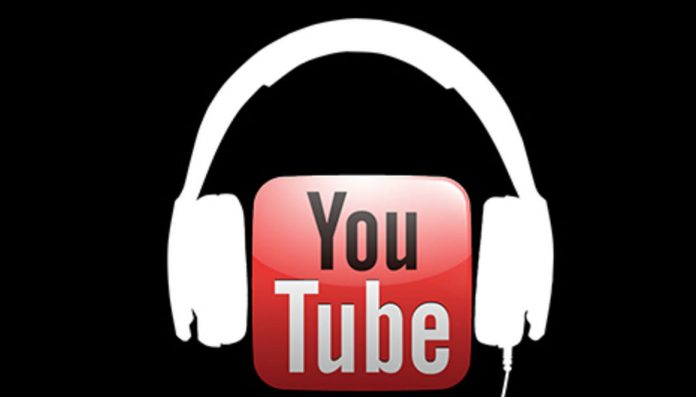
On Thursday, Google released a study conducted by RBB Economics on YouTube’s role in the music industry. Researchers found that if music did not exist on YouTube, then all that content would go to lower value channels like radio and piracy would increase up to 29%.
The findings come at a time when artists claim the industry is not as profitable for them anymore. They have swerved toward social media sites like Instagram, Twitter, and Facebook, as well as to the entertainment to compensate.
Ironically, now there are more platforms for music lovers to discover new songs and albums, including Pandora, Spotify, Apple Music, and others. One of those services is YouTube Music, a relatively unknown application designed to be the ultimate melomaniac experience.
How YouTube Music works
YouTube Music is a YouTube spinoff app developed exclusively to exploit that large part of the population’s habit of listening to music directly from Google’s video platform.
The free service is similar to YouTube in that you can listen to your favorite tracks, artists, and bands, except that the tech giant infused with some search engine capabilities tweaked to focus mostly on music and relegate all the other content hosted on the platform.
YouTube is, after all, the internet’s second largest search engine behind Google. The change is small, but it makes for a much more significant listening experience, leading users into a potentially endless rabbit-hole of suggested tracks based on their tastes.
Downloading YouTube Music is as easy as going to the App Store or Google Play and looking up for it. It is free, and it requires Android 4.1 or higher and iOS 9.0 or later.
There are benefits and disadvantages to YouTube Red
The most obvious advantage YouTube Music has over regular vanilla YouTube is that it is solely focused on music. That means no cat videos, conspiracy theorists, unfunny stand-up comedians, or video game channels coming up on your searches.
The machine learning smarts of the app create a daily playlist for you that just continues to add content and plays endlessly. There are also curated playlists and other selections from which you can choose, and the platform lets you tweak how balanced you want suggestions to be.
You cannot, however, create your playlists within YouTube Music. There is also the chance to take your tracks on-the-go offline, but only if you are a YouTube Red subscriber. This costs Android users $9.99 a month and Apple fans $12.99.
Signing up for Red also brings the obvious benefit of playing your music without ads in the middle, just like what happens on YouTube. It also adds the possibility of turning off your screen without interrupting playback, and it grants access to all the original content from the platform.
Another often neglected downside is that YouTube only licensed a limited pool of tracks and artists for YouTube Music. This means that you might be able to look and find a song you want to hear, but won’t be able to play it because it isn’t available.
Source: YouTube / Google’s Study










